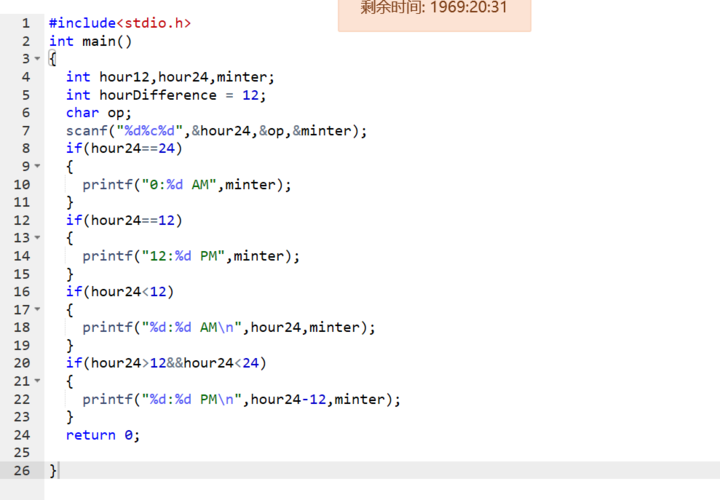Question1:Whatisthedifferencebetweenif-elseandswitch-casestatements?
Branching Programming Questions
Branching in programming refers to the ability to execute different blocks of code based on certain conditions. Here are some common questions related to branching in programming:
Answer:
- If-else statement: It is used to execute a block of code if a specified condition is true. If the condition is false, an optional else block can be executed.
- Switch-case statement: It is used to select one of many code blocks to be executed. The switch statement evaluates an expression and matches the value to a case label, and executes the corresponding block of code.
Answer:
- You can use nested if-else statements to handle multiple conditions. Each if-else block can contain another if-else block to check additional conditions.
- Alternatively, you can use a switch-case statement with multiple case labels to handle different conditions based on the value of an expression.

Answer: The default case in a switch statement is executed when none of the case labels match the value of the expression. It is optional but provides a way to handle unexpected or default behavior when no specific case is met.
Answer:
- Ensure that each case in a switch statement ends with a break statement to prevent fall-through to the next case.
- Avoid redundant conditions or overlapping cases that can lead to unexpected behavior.
- Use comments to clearly document the purpose of each branch and condition to improve code readability.
- Consider using a combination of if-else and switch-case statements based on the complexity of the branching logic.
Answer: Yes, branching statements can be optimized for performance by:
- Organizing case labels in a switch statement based on the likelihood of each case to improve the efficiency of the branch prediction.
- Avoiding deeply nested if-else statements that can impact readability and performance. Refactor complex branching logic into smaller, more manageable blocks.
- Using lookup tables or data structures to map conditions to actions instead of relying solely on branching statements for decision-making.
